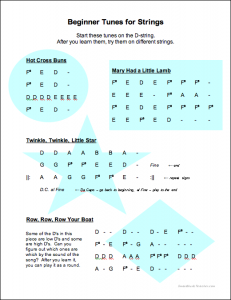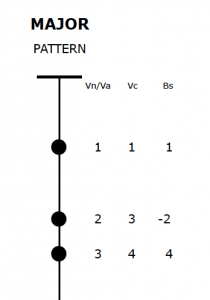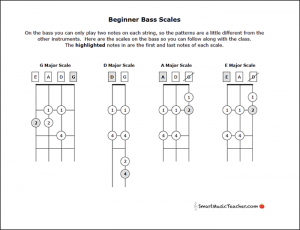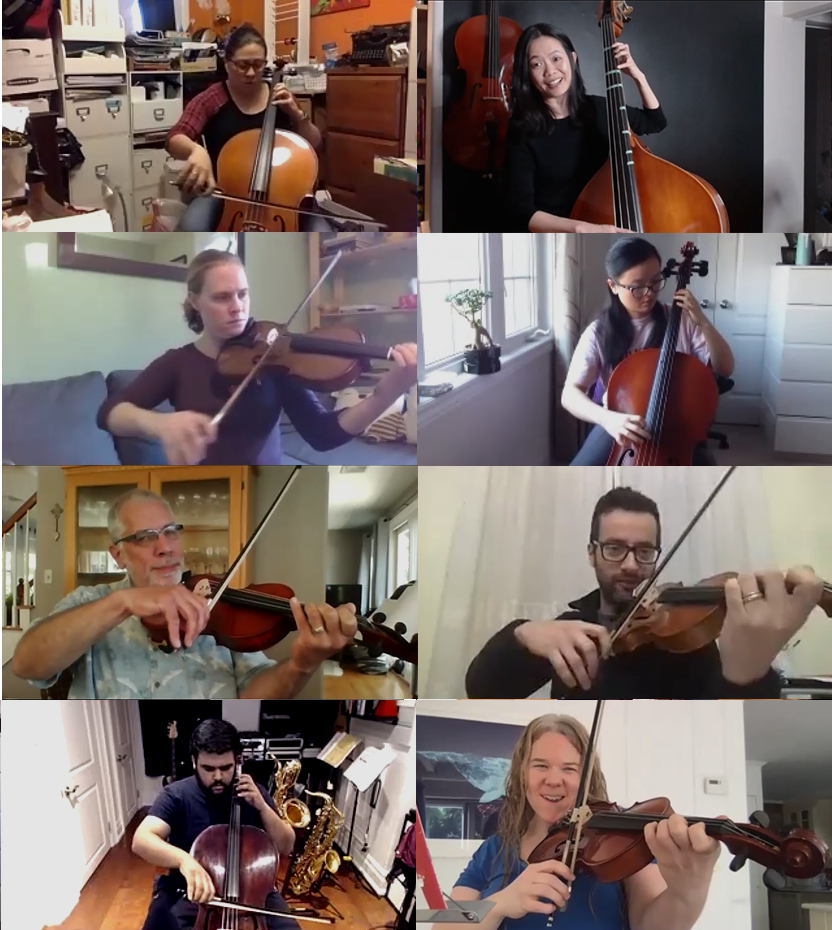 It is very common for string teachers, whether they be classroom teachers or private violin, viola and cello teachers, to start their students off playing by ear. This sets up a foundation for intonation and listening.
It is very common for string teachers, whether they be classroom teachers or private violin, viola and cello teachers, to start their students off playing by ear. This sets up a foundation for intonation and listening.
Because playing a stringed instrument requires so much coordination just to begin, it is very important to leave notation out of the equation until some basics are established. And as another intermediary step, it’s also helpful for students to learn to play their notes pizzicato first, before adding the extra coordination of the bow. This way students can focus on left hand technique. Take it slow in the beginning, because it will avoid problems down the line, and it will pay off when they start reading music.
Playing by ear, I think, is also important because as string players, we always need to be listening to our notes, so it gets the students focused on that right away, which is essential to Teaching Fingering, Shifting and Intonation Without Fear. I think playing by ear in the beginning on any instrument helps students realize that playing music is an art based on sound, not a skill based on reading. They also learn to trust that they know when something sounds right or wrong.
One Octave Scales
One octave scales are easy to introduce on stringed instruments. Once you’ve established how to put their fingers down on each string on the tapes in the Major Pattern (I don’t necessarily introduce this term until later) and they are comfortable with playing that, this is a good time to get them to figure out how to play a major scale. When I teach, I try to involve independent exploration as much as possible, so that they experience the discovery of new concepts instead of me just telling them what to do. It is more memorable and meaningful that way.
They will discover that:
- you just play the same pattern on two consecutive strings.
- you can start on any open string (except the last one) and play a two-octave scale.
You can also:
- point out that each scale begins and ends on the same note name.
- get them to figure out which scales they are playing (C Major, G Major, D Major and A Major)
Prepping the Basses:
Before I introduce the one-octave scales though, I give the basses a head start with these fingering charts below. Because the bass is tuned in fourths, their scales require three strings, and also some shifting, so I give them these ahead of time and show them how to play them before I start the class. It’s nice not to have to worry about them during the lesson.
Beginner Tunes
After you have established the note names on each instrument, you can get them to play a few nursery songs. I like to get them to play partially by ear, so that they start listening more carefully to their notes early on.
Each of these tunes:
- start on the D-string.
- do not indicate which octave to play for each note so that they are partially playing by ear. This encourages them to listen and decide if they need a high A or a low A, etc.
- introduces the repeat sign, and D.C. al fine.
- do not indicate rhythm except for a dash, so you can discuss with students how long they think the notes are held for.
- includes a rounds, so they can start playing in harmony.
They have to know what the song sounds like first, so hopefully your students know most of these. Of course, you can easily make up your own sheets.
For students who master these quickly, you can keep them busy figuring out other tunes by ear.
Also:
- Twinkle is a good time to introduce repeat signs, D.C. al fine, and down-bows and up-bows.
- They can play these tunes starting on other strings as well.
It is important to take your time at this stage, and not rush into reading music. Once the students have mastered a few tunes and have established good playing habits, you will find that they usually learn to read music quite easily. Spending enough time learning by ear also gives the students a good foundation for listening skills and intonation, since without the distraction of reading, they actually listen to their notes more carefully.
Have fun with this stage!
Download the Beginner Tunes and Bass Scales handouts below!
ENJOY THESE DOWNLOADS:
Beginner Bass Scales PDF
Beginner Tunes for Strings PDF




Rhea Richmond
I love your blog posts. I learn things. 🙂
Grace Law
Thanks, Rhea!